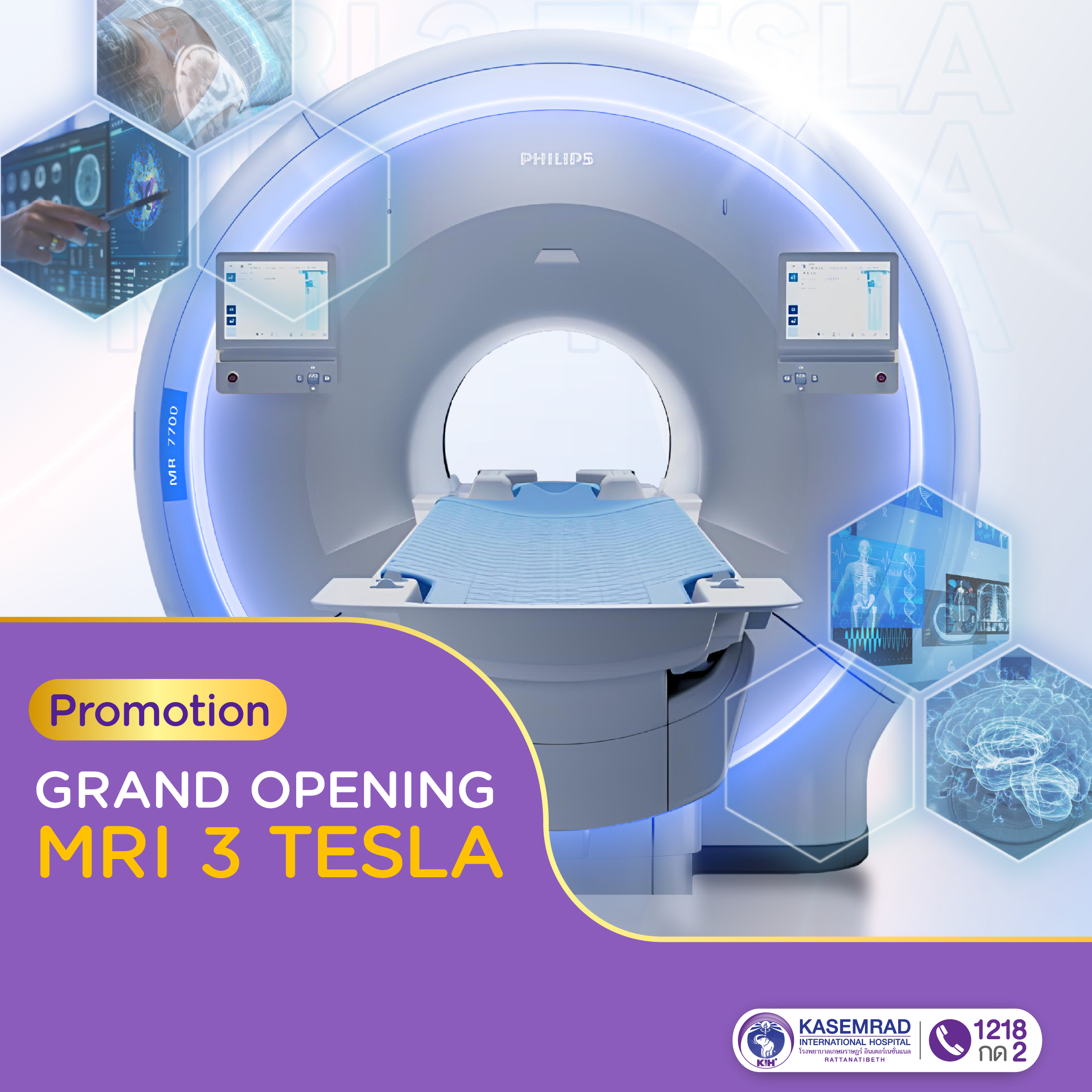Gallstones are a condition caused by the buildup of certain substances in bile, which harden and form stones in the gallbladder. This condition can occur in people of all ages, but is more common in those with specific risk factors. Gallstones can vary significantly in size and number—ranging from as small as a grain of sand to as large as a ping pong ball—and may affect the function of the gallbladder and digestive system.
Causes of Gallstones
Gallstones can form due to several factors, including:
- High Cholesterol
Bile plays an essential role in digesting fats. When cholesterol levels in bile are too high, cholesterol may precipitate and form stones, especially if other substances like bilirubin are also present.
- Increased Bilirubin
Conditions that cause the body to produce too much bilirubin, such as certain blood disorders (e.g., thalassemia, a type of anemia common in Thailand), can increase the risk of gallstone formation.
- Obesity or Rapid Weight Loss
Those who are overweight or experience rapid weight loss are at higher risk of developing gallstones. This is because quick weight loss can trigger the liver to release more cholesterol, which can accumulate in bile and form stones.
- Repeated Infections in the Bile Duct
Certain bacteria can produce enzymes that make it easier for gallstones to form.
- Age and Gender
Women over the age of 40 are more likely to develop gallstones, especially after pregnancy or when taking certain birth control medications.
- Other Underlying Health Conditions
Chronic conditions like diabetes, liver cirrhosis, or diseases of the small intestine can also contribute to an increased risk of gallstones.
Symptoms of Gallstones
Most of the time, gallstones do not cause symptoms, but when symptoms do occur, they are typically:
- Severe abdominal pain: Usually located in the upper right side of the abdomen or in the middle. Sometimes the pain radiates to the back or the right shoulder.
- If the gallbladder becomes inflamed: The pain lasts longer than 6 hours and may be accompanied by a fever.
Diagnosis of Gallstones
Gallstones can be diagnosed using several methods:
- Ultrasound: This is the most commonly used method to detect gallstones. It is simple, has no side effects, and is cost-effective.
- MRI or CT Scan: These imaging techniques can be used to examine the gallbladder and bile ducts, helping to diagnose gallstones and any complications (if present).

Treatment of Gallstones
The treatment depends on the patient’s symptoms:
- Observation: If the gallstones are asymptomatic, doctors may recommend monitoring the condition without immediate treatment.
- Gallbladder Surgery: Surgery is the most effective treatment for gallstones. Gallbladder surgery can be performed through open surgery or laparoscopic (minimally invasive) surgery.
Prevention of Gallstones
Preventing gallstones can be achieved by lifestyle changes and health maintenance, such as:
- Eating a low-fat, high-fiber diet:
Consuming foods high in fiber, such as fruits and vegetables, and low in fat can help reduce the risk of developing gallstones.
- Maintaining a healthy weight:
Keeping your weight within a healthy range can lower the risk of gallstones.
- Regular exercise:
Exercise promotes bile flow and reduces the risk of gallstones.
- Avoiding rapid weight loss:
Rapid weight loss can lead to an increase in cholesterol release from the liver, which raises the risk of gallstones.

























